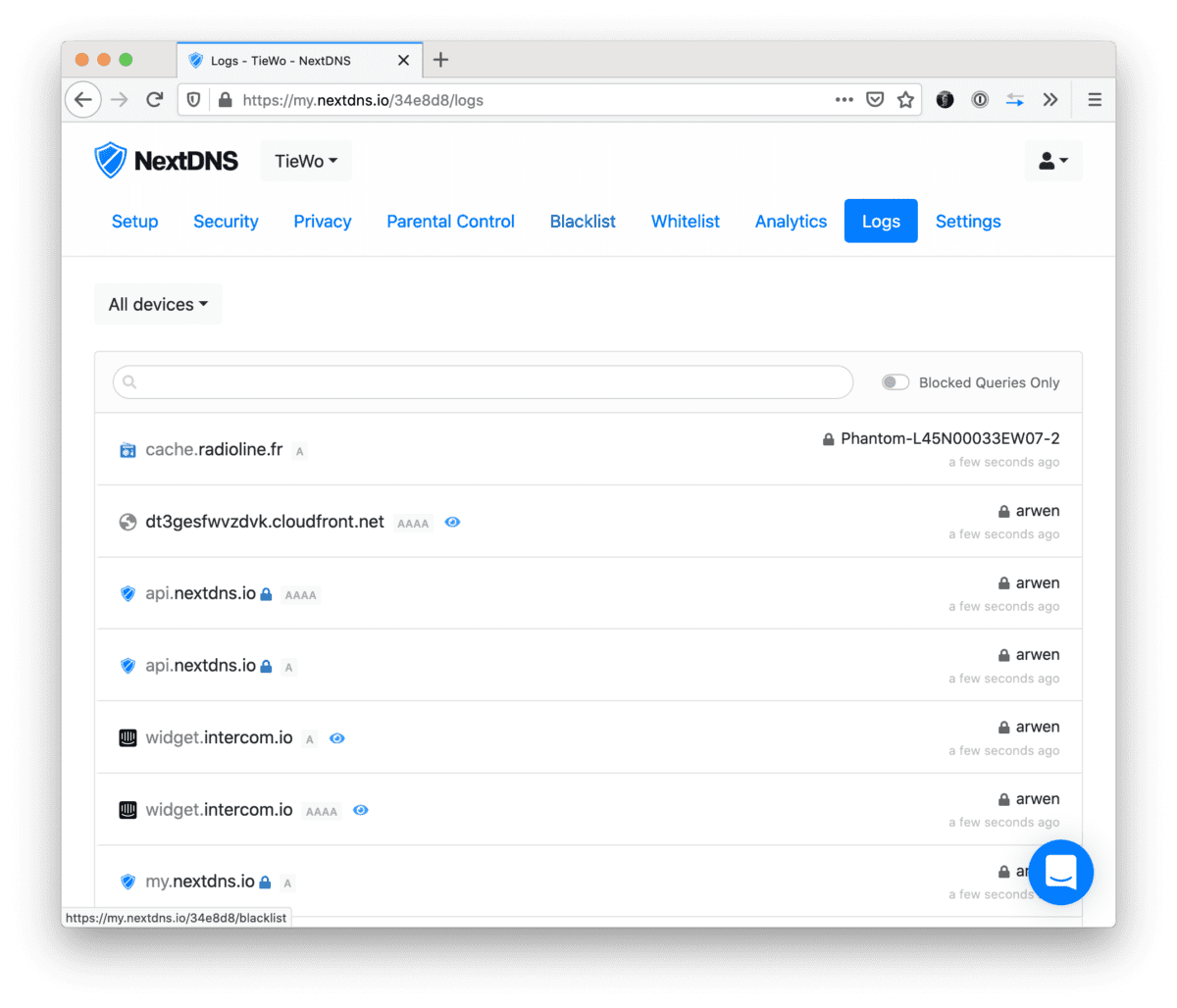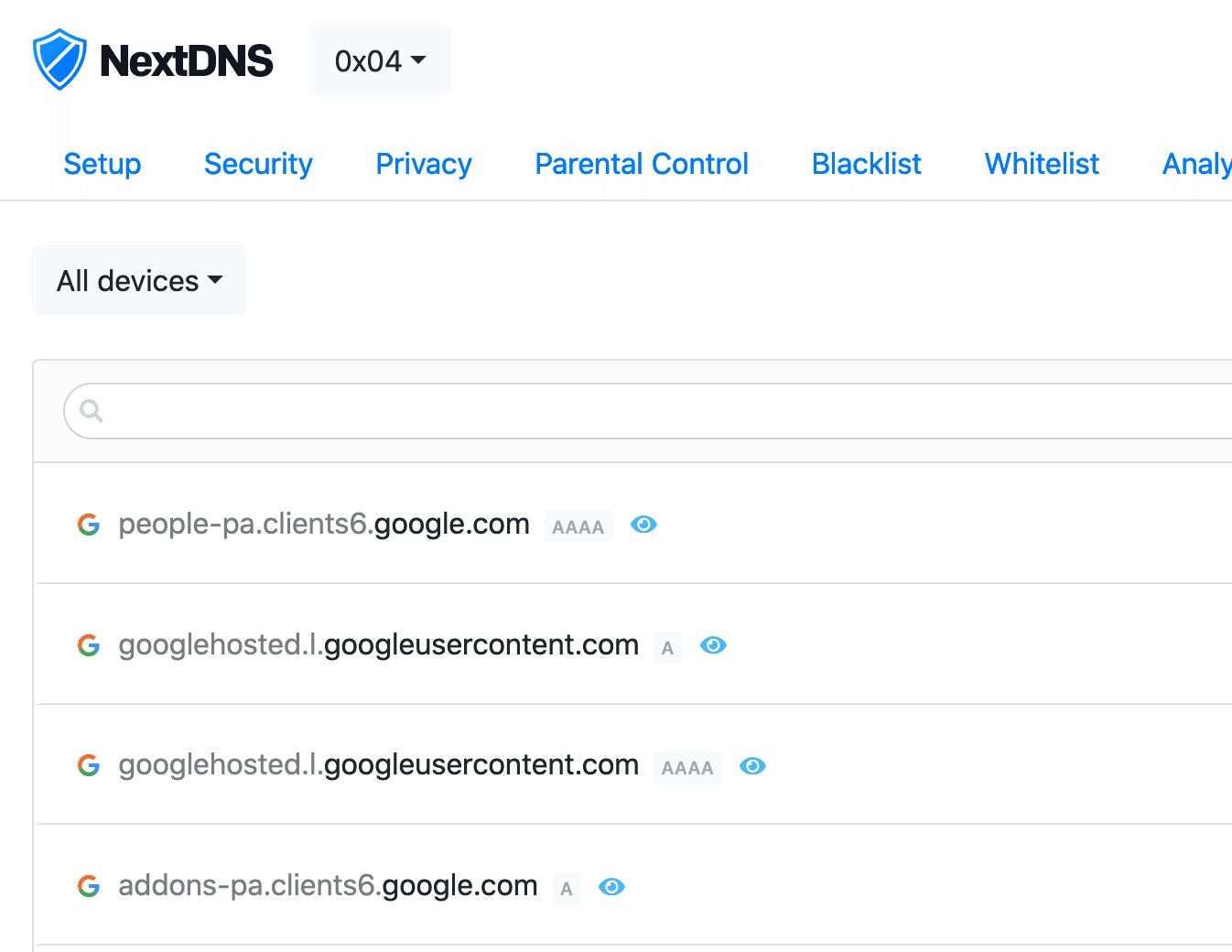Tag: nextdns
-

NextDNS and NetworkManager
A while back, I wrote about installing NetworkManager if NextDNS activate fails to work. Only… I realised that for some reason on Raspberry Pi (4), WiFi stopped working with the following errors: The WiFi SSID and password (wpa_supplicant) never changed, so I wasn’t sure what it was. However, as most Pi’s are wired I didn’t…
-

NetworkManager exit status 1
Recently reinstalled NextDNS on a RPi4 64bit and came across this error: It seems like NextDNS was actually running, but just throwing an error when running nextdns activate. Restarting did seem to work without throwing any error. The logs showed the same error: The solution was (as root): Looks like, instead of resolvconf, openresolv was…
-

NextDNS, EdgeOS and device names
Noticed that NextDNS was reporting old hostnames in the logs. For example old device names (devices that changed hostnames), devices that were definitely no longer on the network, or IPs that were matched to the wrong hostnames. The culprit is how EdgeOS deals with its hosts file. Basically it just keeps all the old hosts…
-

NextDNS + EdgeRouter + Redirecting DNS requests
Realised I haven’t updated this in a long while (life happened). Couple of weeks ago I started to play with NextDNS — and I really recommend anyone that’s something privacy minded and cares about the stuff happening on their network. I’ve set up several configs (home, parents, FlatTurtle TurtleBox (the NUCs controlling the screens)) and…


